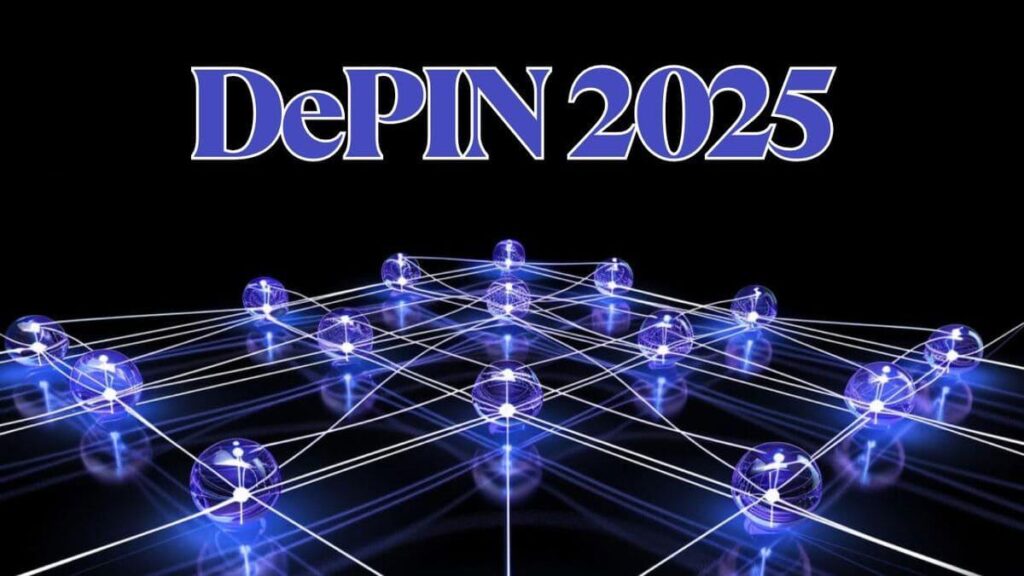The Evolution of DePIN Networks: Trends and Challenges Shaping the Future
Decentralized Physical Infrastructure Networks (DePIN) are expanding into various sectors such as telecommunications, energy, healthcare, and logistics, revolutionizing physical infrastructure globally. The adoption of Nodes-as-a-Service and the tokenization of physical assets are reshaping business models by eliminating intermediaries and proprietary hardware.
Key challenges facing DePIN networks include interoperability, ensuring the physical security of nodes, and establishing governance models that prevent power consolidation among major stakeholders.
Exploring the Growth of DePIN Networks
Recent years have witnessed the emergence of projects like Helium and Filecoin, demonstrating the potential for user-powered networks to manage wireless coverage and data storage autonomously, without centralized control. Looking ahead to 2025, we anticipate a surge in the availability of Nodes-as-a-Service, simplifying the process for individuals and organizations to launch their networks without the need to build hardware infrastructure from scratch.
Overcoming Technical and Governance Challenges
For the sustained growth of DePIN networks, overcoming technical limitations and governance conflicts is paramount. Investors are advised to select networks with proven technology and vibrant communities willing to contribute new nodes. The increasing demand for nodes will create opportunities for turnkey infrastructure providers, offering comprehensive support, hardware, and software packages to enterprises keen on exploring DePIN networks without extensive R&D investments.


